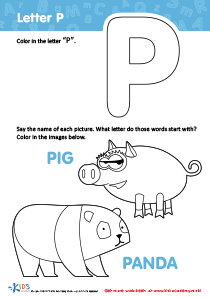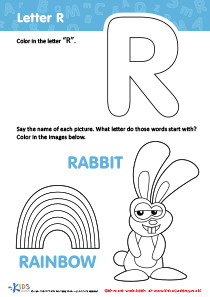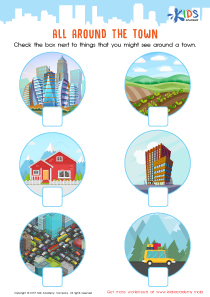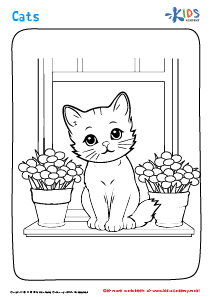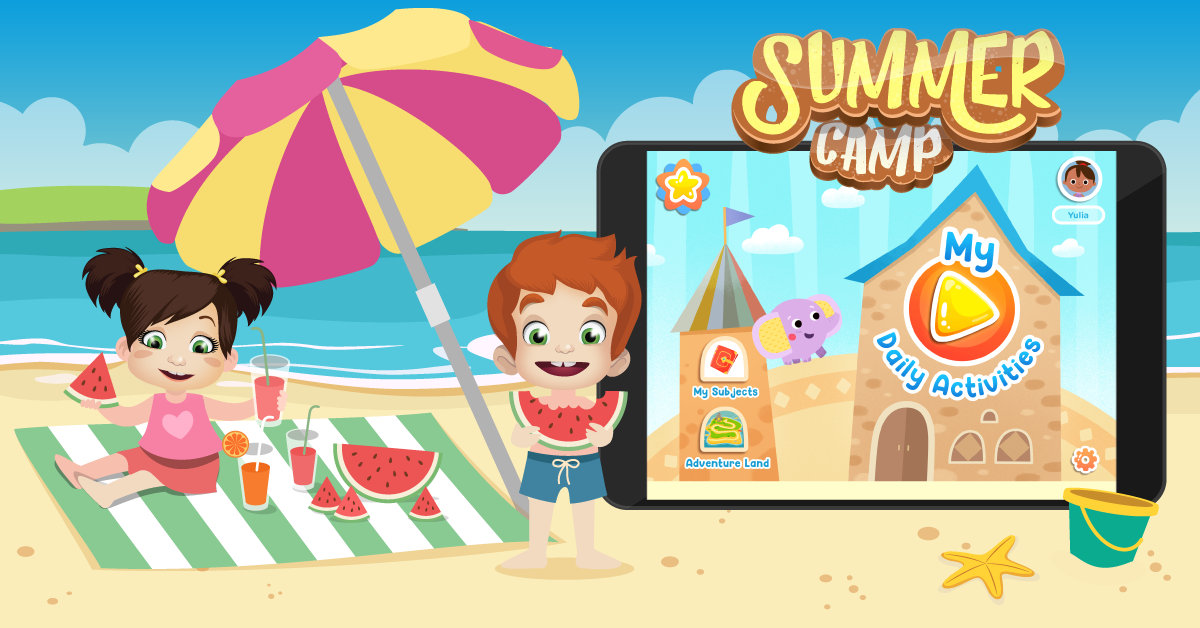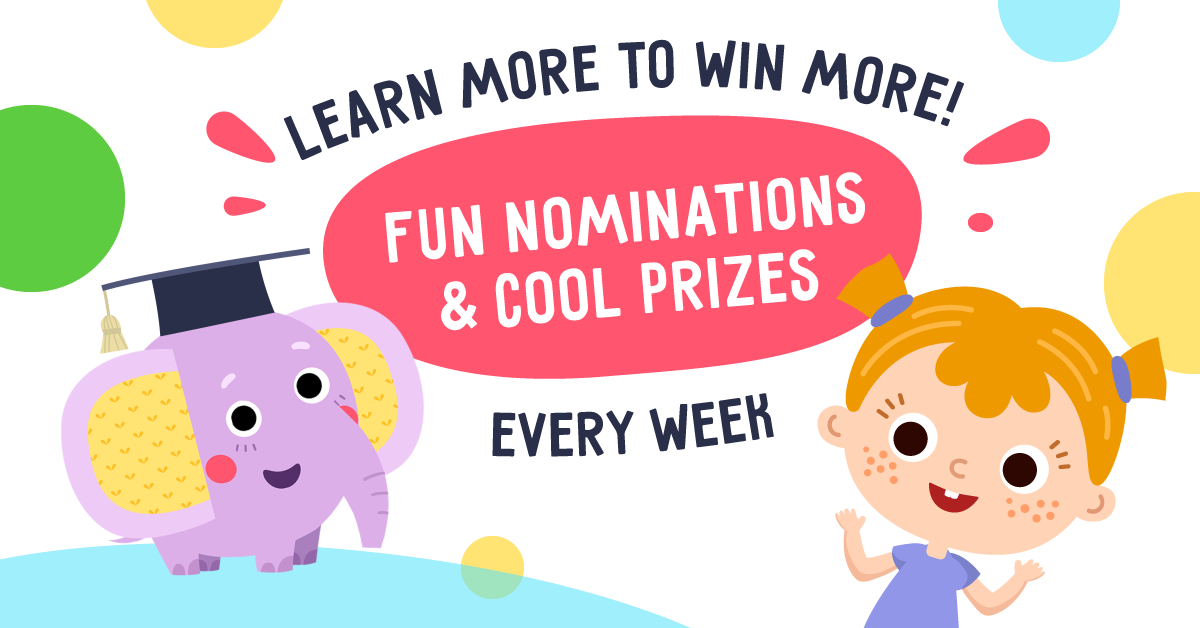Word Relationships and Nuances Quizzes for 5-Year-Olds
3 results
3 filtered results
Clear all filters3 filtered results
-
From - To
Introducing our enchanting collection of interactive assessment quizzes designed specifically for 5-year-olds, titled "Word Relationships and Nuances." These engaging quizzes are crafted to delightfully test and expand your child's understanding of word connections and the subtle differences between them. As your child navigates through each quiz, they receive immediate feedback, making learning both fun and informative. This unique educational tool not only checks their knowledge but also enhances their linguistic skills, setting a strong foundation in language comprehension. Dive into our Word Relationships and Nuances quizzes and watch your 5-year-old blossom into a word wizard!
Interactive quizzes on Word Relationships and Nuances for 5-Year-Olds are an innovative tool designed to enhance the learning experience for young children. At this pivotal age, children are rapidly expanding their vocabulary and beginning to understand the complexities of language. Incorporating these quizzes into their studies can significantly boost their comprehension and usage of words, setting a strong foundation for their future academic endeavors.
Understanding word relationships involves recognizing how words are connected or related to each other, be it through synonyms, antonyms, or categories. For instance, knowing that a cat and a dog can both be classified as animals, or understanding that 'big' and 'large' convey similar meanings, are fundamental concepts that these quizzes aim to reinforce. On the other hand, nuances in language refer to the subtle differences between words and their uses in specific contexts. Grasping these nuances is crucial for effective communication and helps in enhancing a child's expressive capabilities.
The interactive nature of these quizzes makes learning about Word Relationships and Nuances for 5-Year-Olds both engaging and fun. Children are naturally drawn to activities that involve interaction and feedback, and these quizzes are designed to capitalize on that interest. Through a combination of visually appealing graphics, sounds, and interactive tasks, children are more likely to stay focused and absorb the material being presented. This interactive approach not only makes learning more enjoyable but also ensures that the concepts are more likely to be remembered and applied.
One of the key benefits of these quizzes is their adaptability to different learning styles. Whether a child learns best through visual aids, auditory instructions, or hands-on tasks, interactive quizzes can cater to these needs, making them an inclusive educational tool. This adaptability is particularly important for 5-year-olds, who are still exploring and developing their preferred learning methods.
Furthermore, the immediate feedback provided by interactive quizzes is invaluable for young learners. When children answer a question correctly, positive reinforcement encourages them to continue engaging with the material. Conversely, when they make a mistake, they receive instant feedback, allowing them to learn from their errors in real-time. This process of trial and error is essential for building confidence and resilience in learning.
Incorporating Word Relationships and Nuances quizzes into the studies of 5-Year-Olds also promotes critical thinking and problem-solving skills. As they navigate through the quizzes, children are challenged to think critically about the relationships between words and their contexts. This not only helps in expanding their vocabulary but also in developing a deeper understanding of language as a tool for communication.
In conclusion, interactive quizzes on Word Relationships and Nuances for 5-Year-Olds are a powerful educational resource. They offer a dynamic and engaging way for children to explore the complexities of language, catering to different learning styles and promoting critical thinking. By integrating these quizzes into their studies, children can enjoy a more interactive and effective learning experience, laying a solid foundation for their future academic success.
